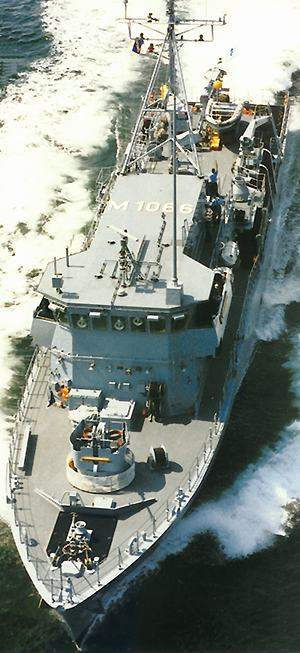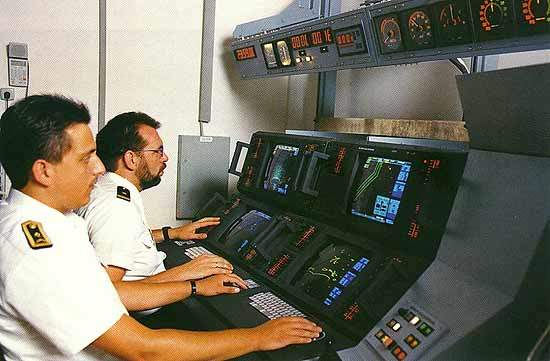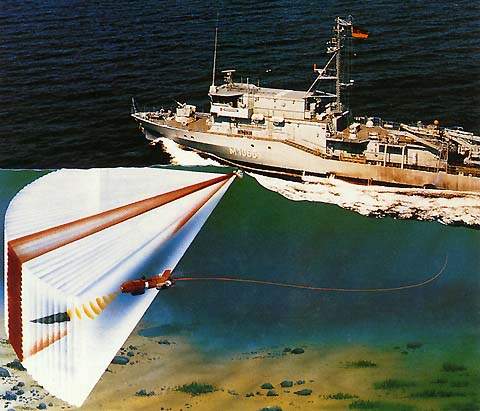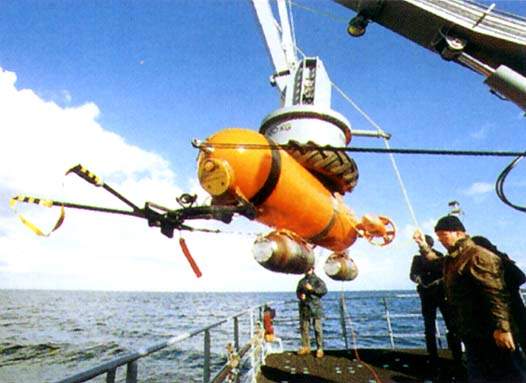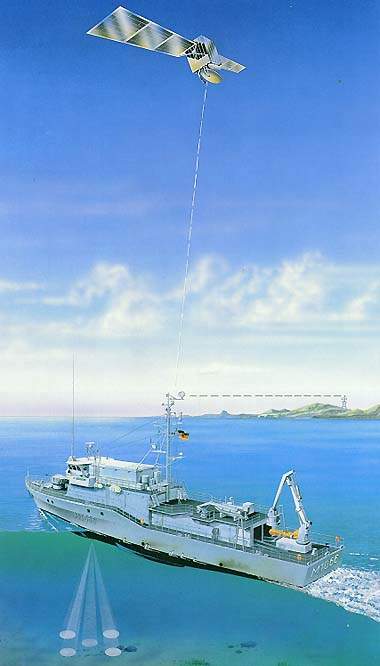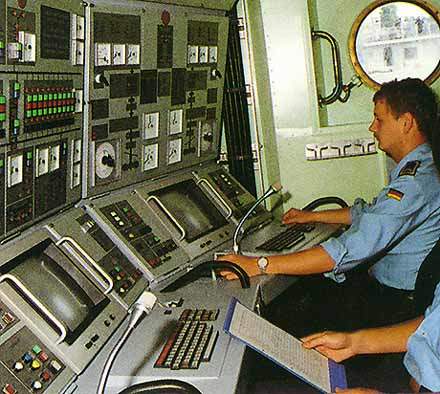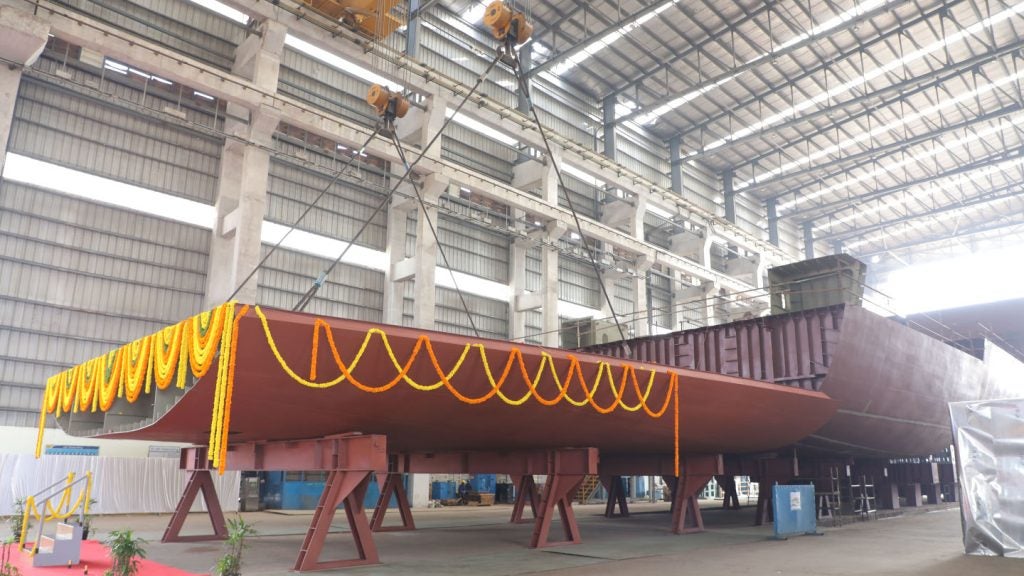The Frankenthal Class (Type 332) minesweepers have been built for the German Navy by Abeking & Rasmussen and Lurssenwerft shipyards. They were built between 1992 and 1998 and are part of the German Navy’s minesweeper Squadron 1, with headquarters in Olpenitz.
The ships share a common hull design with the Hameln Class Type 343 minesweepers, built by the same prime contractor, an industrial consortium led by STN Systemtechnik Nord. The ships are constructed of non-magnetic steel.
The Type 332 minehunter is equipped with the MWS80-4 mine countermeasures weapons system developed by Atlas Elektronik GmbH. The system comprises four main units: DSQS-11M minehunting sonar, TCD Tactical Command and Documentation equipment, NBD precision navigation and tracking control system, and DDSX-11 active identification sonar, which is installed in the mine disposal vehicle.
In February 2006, it was reported that two Type 332 minehunters (FGS Frankenthal and FGS Weiden) were to be sold to the United Arab Emirates. The vessels were transferred in June 2006
COMMAND AND CONTROL
The ship’s tactical command system is the TCD Tactical Command and Documentation system. The system is used to prepare, control and to document all the phases of mine countermeasures operations, including planning the tracks in the selected search area, presentation of the tactical and navigational data, control of sonar and navigation equipment and contact management with correlation of new and existing targets.
The NBD integrated navigation system carries out navigation, vessel control and speed measurement using data from the ship’s sensors, including global positioning system, inertial navigation, Decca navigation, radio-location, gyroscope, echosounder, anemometer and radar.
Using Kalman filtering routines on the data from the sensors, the NBD calculates the optimum values for position, course, longitudinal and latitudinal water speed, transverse ground speed, the set, drift and depth of water.
MISSILES
The ship’s surface-to-air missile is the Stinger manufactured by Raytheon Missile Systems and also under licence by EADS.
The ship has two four-cell Stinger launchers port and starboard. The infrared-guided Stinger FIM-92 missile provides short-range defence against low-flying aircraft.
GUN
The ship has an anti-surface and anti-air Bofors 40mm gun which is capable of firing 330 rounds a minute.
REMOTELY OPERATED VEHICLE (ROV)
The Frankenthal is equipped with two Pinguin B3 remotely operated vehicles. The vehicles are stored in the ship’s hangar and are controlled via a recoverable 1,000m glass-fibre cable which carries television, sonar and operational data to the ship.
The vehicle carries two 125kg mine disposal charges. The vehicle is equipped with the DDSX-11 active identification sonar installed in the nose, a CCD low-light-level television camera and search lights.
Pinguin B3 is launched and recovered with an automated crane fitted with a motion restrictor. Launch and recovery of the Pinguin can be safely carried out even at high sea states.
Trials have taken place, onboard a Frankenthal vessel, of the Sea Otter autonomous underwater vehicle (AUV), being developed by Atlas Elektronik for the German Navy. Sea Otter will be able to carry two Sea Fox mine disposal systems.
SENSORS
The DSQS-11M minehunting sonar is a high-definition dual frequency hull-mounted sonar which provides Computer-Aided Detection (CAD) and classification (CAC) of all types of targets including ground mines, short tethered mines and in-volume mines. The system gives 3D target location and tracking of stationary and moving targets.
The DSQS-11M minehunting sonar uses side-scanning mode for route survey tasks. Low-frequency sonar is used for long-range detection and classification and higher frequencies are used for high-resolution detection against high-background clutter and for echo- and shadow-mode target classification.
The DDSX-11 active identification sonar, installed on the Pinguin ROV, is capable of classifying and identifying targets irrespective of the turbidity of the water.
The forward-looking sonar provides detailed high-resolution pictures of the target which are transmitted back to the ship’s control centre to provide real-time display of the underwater scene.
The ship is equipped with Raytheon navigation radar operating at I band.
PROPULSION
The ship is equipped with two MTU 16V 538 TB91 diesel engines each providing 2,200kW, with two shafts driving controllable-pitch propellers. The engines provide a speed of 18kt to the area of operations. For station keeping in minehunting operations at low speed, propulsion is switched over to the electric motors.

